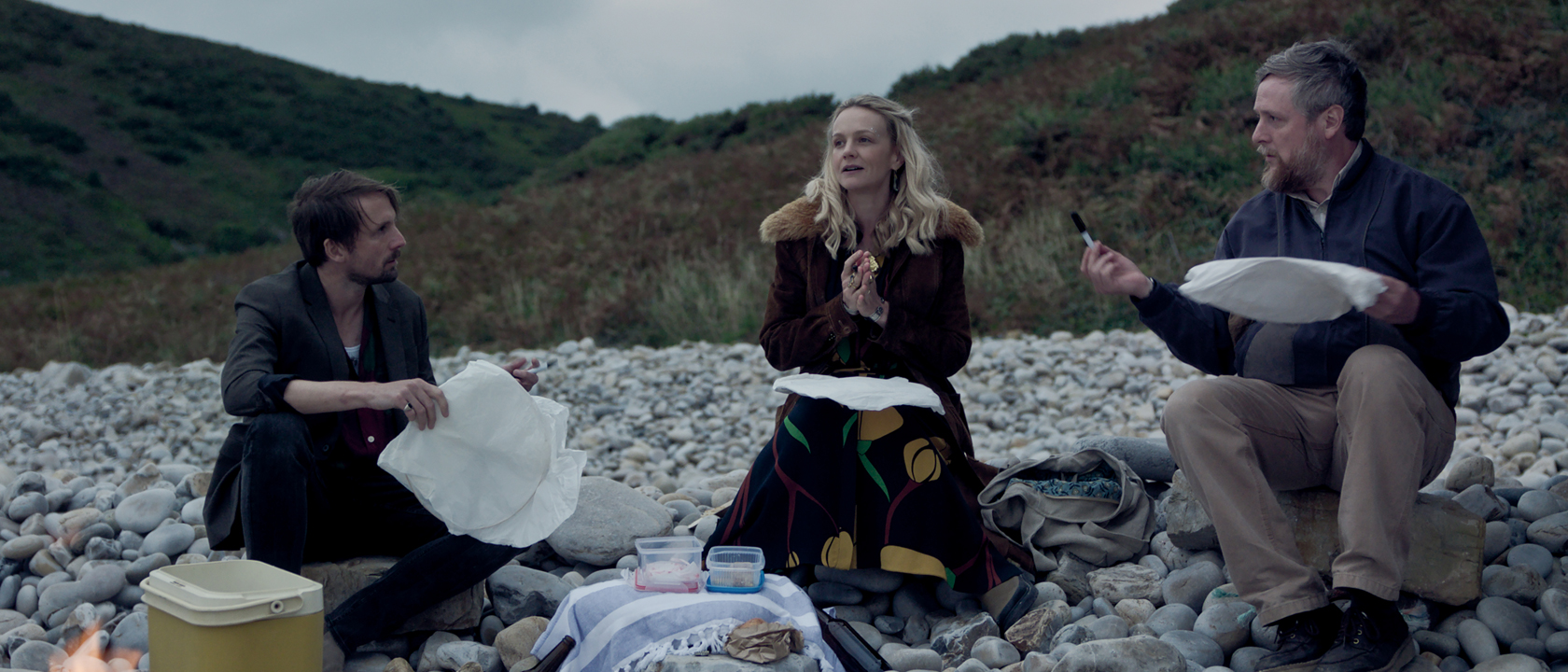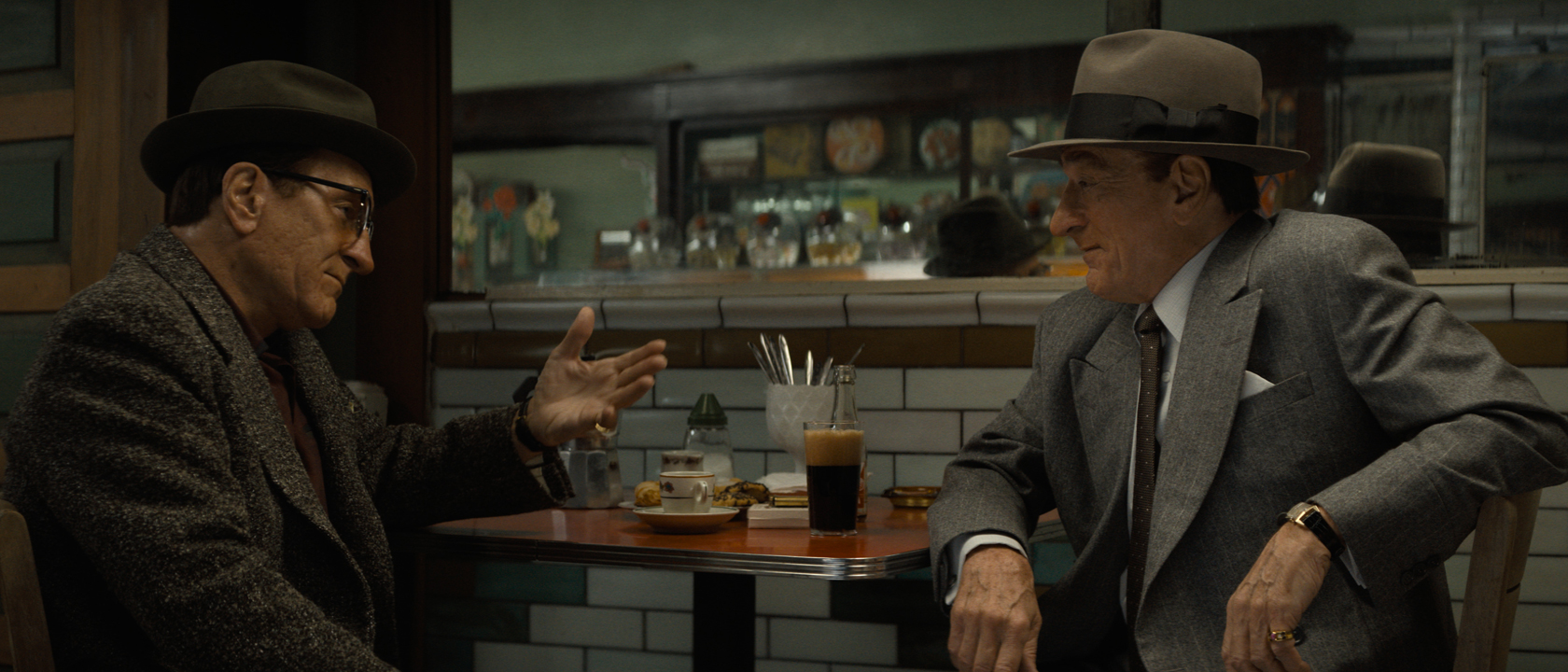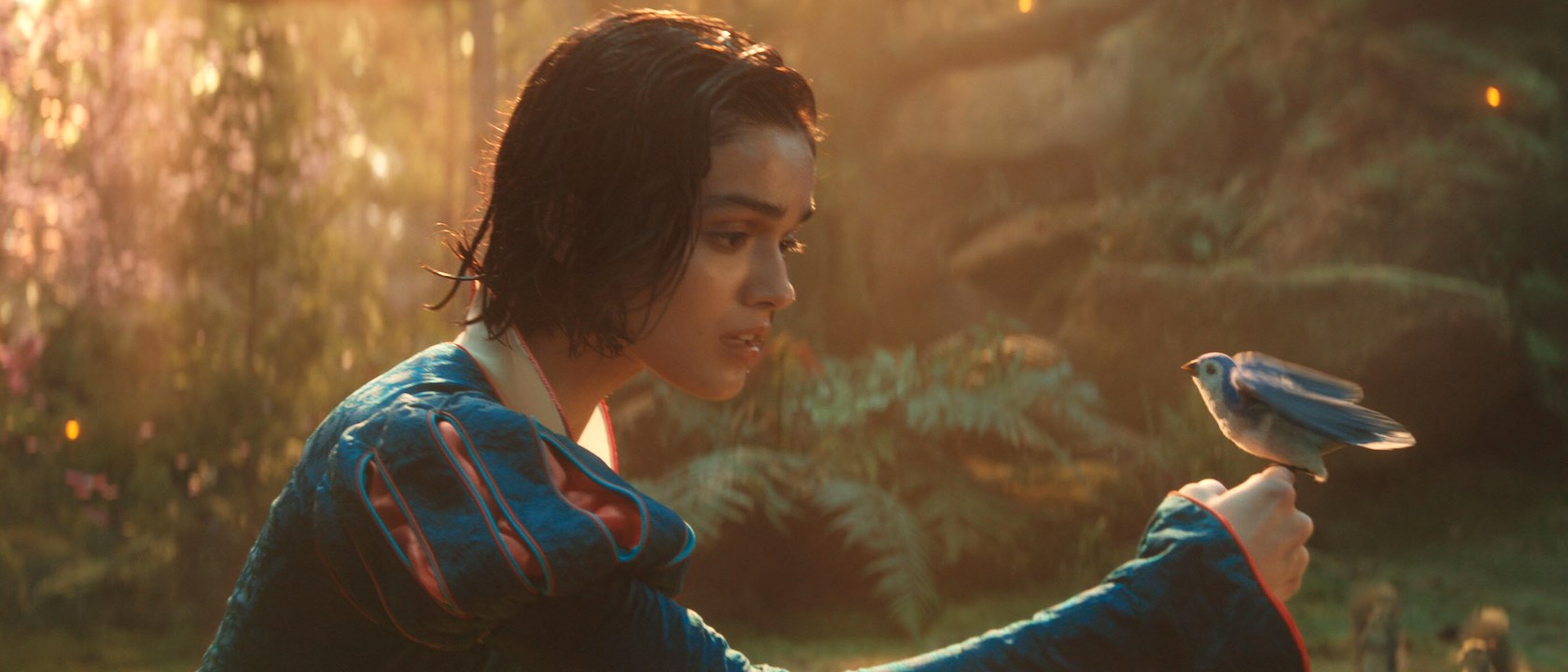A movie like Sucker Punch is meant to be an experience, and the theatrical cut was playing the game under the rules of Who Wants to be a Millionaire. It answered all the right questions and made it to $32,000, but then its confidence got tickled and it went in for the cool million...and choked. It climbed too high and fell short at the risk of losing everything. However, mere months later, Warner Brothers unveils the hidden lifeline: the Extended Cut. Extended Cuts can mean a lot of things. For Lord of the Rings, it meant more stuff for the fans who wanted it; for Blade Runner it meant changing the meaning of the film itself. Sometimes it just means more fan service. With Sucker Punch I just wanted everything this film threatened to be -- crazy and confusing mixed with singing and dancing.
The surface plot of Sucker Punch is that Baby Doll (Emily Browning) is sent to an insane asylum after accidentally killing her sister. Though I’m still not sure if she did it. The opening of the film pulls you in effectively but it’s open to interpretation. Anyway, she is signed up for a back-door lobotomy, and the movie that follows is a heightened dream sequence that takes place in the span of time it takes for the orbitoclast (n. lobotomy ice-pick) to go into her brain. Cleverly, the Sucker Punch logo has both this instrument and her samurai sword hidden within it.
From here, we meet the rest of the team, all with super pin-up names like Sweet Pea (the almost too sincere Abbie Cornish) and Rocket (Jena Malone, who strangely seems like the veteran actor within the young cast). Oh, by the way, from this point on the asylum is a brothel. Now, Baby Doll’s got a superpower -- she can dance like the eyes of the snake in Disney’s Robin Hood. When she Step Ups, it hypnotizes anyone watching, and this is the device that transports us to all the scenes of fighting and dragons and explosions. If you’re not down with that conceit then you probably won’t be down with Sucker Punch. She quickly learns, via guardian angel Glenn Scott, that there are five items she must collect in order to fight her way out of her situation -- be it the asylum/brothel/prison or the oncoming lobotomy.
With so many elements at play, it’s easy to dismiss it as cool stuff for cool stuff’s sake, and even if you break it down you’re not going to come up with as many fun theories as you would in a David Lynch sleep cycle. In fact, it’s much closer to Inception in that it’s actually pretty straightforward. In terms of layers, I noticed a lot of repeated imagery, so it can be argued quite strongly that Baby Doll is pulling from reality the core of her fantasies. There is plush rabbit in the real world, and there’s a rabbit-painted mech in the fantasy. There’s a dragon painted on a lighter in the asylum and a dragon in the third major battle. Though there is no explicit mention of rape in the asylum, it can be deduced that this is why she reimagines her world as a brothel.
The Extended Cut adds 18 minutes of content, but unfortunately it doesn’t contribute much to the film. I noticed three major additions: the rewarding credits sequence of the team performing Roxy’s Music’s “Love Is the Drug” cut into the story, a new shot of Sweet Pea getting her white dress, and a long speech by Jon Hamm as the High Roller. The musical number takes away from the threat of the brothel, but I like how it outlines the motifs of the girls’ battle garb. That is, if Brothel Rocket is costumed as a nurse, then Battle Rocket’s armor has nurse-like aesthetics. It’s fun to see the inspiration for the costumes but arguably more so at the end of the movie. The Jon Hamm speech is probably the most substantial addition as far as plot is concerned, but they were right to cut it out. It comes off creepy and, worse, makes you question the strength of Baby Doll.
In the end, the ability to make a costly experiment like this comes with a studio-provided leash that tethers and tames a movie that would otherwise thrive in the wild. They had to make concessions that undermined its true spirit, and what we have is a great escapist adventure that’s a fun ride but not as shocking as the title promises. The Blu-ray presentation of Sucker Punch is pristine and serves the visual style well. The sound mix is great, and with a movie that emphasizes both music and explosions, it’s nice to be able to hear the dialog without going up and down on the volume with every scene change. A complex production like this is ripe for special features but the release is pretty slim. They include animated shorts that delve a little deeper into the backstory of the fight scenes but are fairly boring. I was excited about “Sucker Punch: Behind the Soundtrack,” but at a runtime of 02:41, it’s little more than an advertisement with only a cursory look at the cast performing the film’s extensive list of cover songs. It’s something of a missed opportunity.
Besides the digital copy, this package also includes a great addition in having the original, and arguably better, cut on a separate Blu-ray. The featurettes are solely on this theatrical disc, so getting to them can be a bit tedious. Disc 2 has Zack Snyder take you through a Maximum Movie Mode where he’ll pop up along with barb-wire-skinned video players showing behind-the-scenes clips and photo galleries. While it brings you into the room, it doesn’t give much in the way of secrets or hard truths about the filmmaking process. Ultimately, you’d picking this one up for the movie itself.
90 Day Fiancé's Mina Found Out About Mark's Troubled Past Relationship, But Are They Still Together?
Suits LA Brought Back Harvey Specter To Set Up Another Suits Character Coming In, But The Ending Twist Especially Threw Me For A Loop
The Last Of Us Season 2 Premiere Watchalong: I'm Talking Joel And Ellie Awks, Video Game Moments, That Kiss And More











